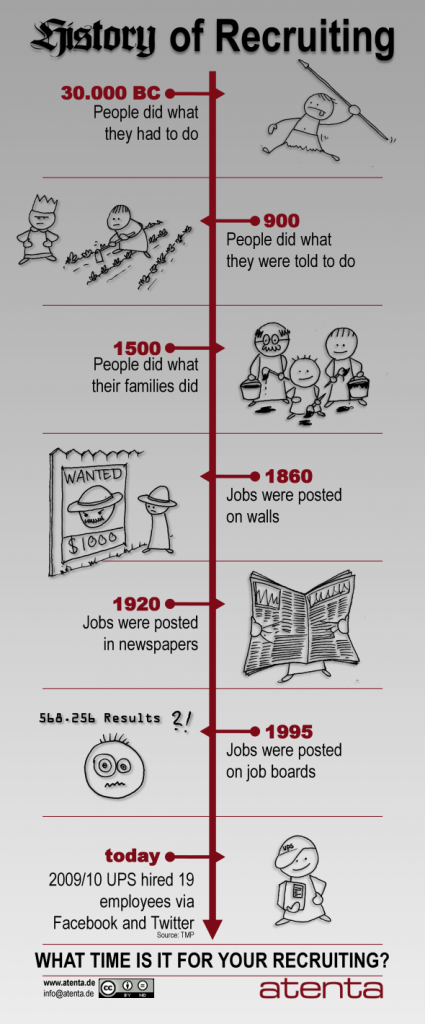 Over the past couple of weeks, I’ve been working on distributing proxy authorizations to NPA’s voting members for our upcoming annual meeting. It’s a great reminder for me of the member-ownership aspect of our recruiting network. As a member-owned cooperative, NPA is run democratically. Voting members who attend our annual meeting cast their votes in person. Those who are unable to attend assign a proxy to NPA’s secretary/treasurer, who ensures each vote is cast in accordance with that member’s wishes.
Over the past couple of weeks, I’ve been working on distributing proxy authorizations to NPA’s voting members for our upcoming annual meeting. It’s a great reminder for me of the member-ownership aspect of our recruiting network. As a member-owned cooperative, NPA is run democratically. Voting members who attend our annual meeting cast their votes in person. Those who are unable to attend assign a proxy to NPA’s secretary/treasurer, who ensures each vote is cast in accordance with that member’s wishes.
During the annual meeting, audited financial statements are reviewed and discussed, elections are held for the Board of Directors, bylaws changes are voted upon, and members have the ability to bring up new business from the floor. Every member firm of our recruiting network has an equal say in how NPA is run, regardless of the size (or success) of each firm. As with any election, members may not be satisfied with the outcome, but they are certainly an integral part of the process.
Last year, NPA members voted to adopt brand-new bylaws. The old bylaws, adopted in 1981, had become out-of-date, and needed to be “modernized” to fit today’s business environment and the global nature of our recruiting network. Already this year, NPA’s Board of Directors is proposing two amendments to the bylaws based on member feedback. The changes will be discussed and debated, and members will vote on whether or not to adopt these changes. Next year, it’s conceivable there will be further revisions.
While it’s tough to get excited about bylaws (unless you’re like me), this process is an important distinction between NPA and other recruiting networks or recruiting franchises. It’s what makes us different from our competitors. Other recruiting organizations are owned by individuals. While members or franchisees may be able to offer feedback about how those organizations are run, they do not generally get to participate in business and financial decisions that may impact their own businesses. By contrast, NPA’s president and staff do not establish policy; we implement the programs, services, and policies developed by our members.
If you are considering joining a recruiting network, is member-ownership important to you? Or are you more comfortable paying someone else to make decisions? There is no wrong answer, but it’s a point that deserves careful consideration. Click the link below for a checklist that helps you compare NPA to other recruiting networks.









